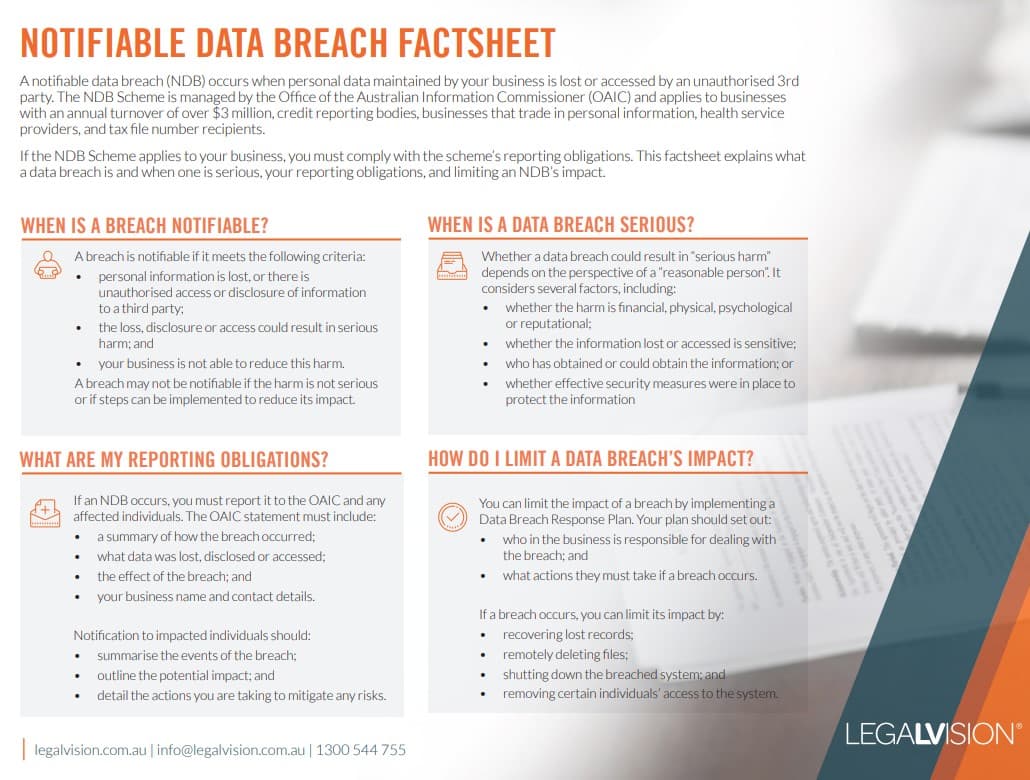In Short
- Licensing agreements define how software can be used, distributed, and modified.
- Key terms include licence type, fees, intellectual property rights, and support provisions.
- Ensure compliance with legal requirements, particularly for data protection and dispute resolution.
Tips for Businesses
When drafting or reviewing software licensing agreements, clearly define the software’s scope, fees, and intellectual property rights. Include detailed provisions for support, warranties, and termination conditions. Ensure compliance with relevant data protection laws and establish dispute resolution mechanisms to minimise risks and conflicts.
Software and software tools are often critical and valuable business assets. As such, they require robust protection in legal contracts when rights to use the software are granted.
Licensing agreements for software tools are critical documents that define the terms and conditions under which software can be used, distributed, and monetised. Whether you’re a software developer looking to license your product or a business seeking to use third-party software, understanding the key elements of these agreements is essential. This article explores the key considerations when drafting or revising licensing agreements for your software tools.
What are Licensing Agreements?
Licensing agreements for software tools are essential legal contracts that govern how businesses and individuals can use, distribute, and sometimes modify software products.
Key Terms Required in a Licensing Agreement
1. Define the Licenced Software
Defining the licensed software is essential in drafting a licensing agreement. You must specify which software tools, versions and components are covered. Ensure that what is included and not included in the licence agreement is clear.
2. Specify the Licence Type and Scope
It is important to spell out the type and scope of the licence. For example, you should specify:
- whether the licence is perpetual, term or subscription-based;
- whether the licence is exclusive or non-exclusive;
- whether it is transferable;
- the number of users, devices or locations; and
- whether it can be modified.
3. Determine the Licence Fees and Payment Terms
You should clearly outline the fee structure and payment terms, specifying whether you’re charging a one-off fee, recurring payments, or usage-based pricing, and include details on payment methods, due dates, and any late payment consequences.
4. Outline Support and Maintenance Terms
Clearly define what support and maintenance you’ll provide. Specify response times, update frequency, and any additional costs for premium support services that you may provide.
5. Address Intellectual Property Rights
Clearly state the ownership of the software and related intellectual property. Include clauses prohibiting unauthorised use, copying or distribution. Ensuring clear intellectual property rights prevents any disputes over ownership or unauthorised use of the software.
6. Include Warranties and Disclaimers
State what warranties you provide, such as the software performing as described. Include appropriate disclaimers to limit your liability, such as disclaiming implied warranties. Be specific about what your software can and cannot do to manage user expectations and reduce potential legal risks.
7. Establish Liability Limitations
Set clear limits on your liability in case of software failures or other issues. Include caps on monetary damages and exclusions for certain types of damages, ensuring compliance with applicable laws. Setting limits on your liability provides you with additional protection and certainty over potential financial risks associated with software failures or disputes.
8. Define Termination Conditions
Specify the circumstances under which either party can end the agreement, such as material breach or non-payment. Outline the termination process and what happens to the software and data upon termination. Include any notice periods required and whether there is an opportunity to remedy breaches before termination of the agreement.
9. Dispute Resolution Mechanisms
Include clear dispute resolution terms in your licensing agreement to avoid costly and time-consuming legal action. Consider incorporating alternative dispute resolution (ADR) clauses, requiring the parties to attempt mediation or arbitration before litigation. Specify the preferred ADR method, jurisdiction for legal proceedings, and cost allocation to help prevent minor issues from escalating into major conflicts.
10. Include Data Protection and Privacy Clauses
Address how user data will be handled, ensuring compliance with relevant data protection laws. Include procedures for data breaches and specify data portability and deletion rights.

This factsheet explains what a data breach is and when one is serious, your reporting obligations, and limiting an NDB’s impact.
Key Takeaways
Drafting and revising licensing agreements for software tools requires careful consideration of numerous legal and practical factors. By addressing these key considerations, you can create a comprehensive agreement that protects the interests of both the licensor and licensee while providing a clear framework for the use of the software, including the scope of the licence, fees, and intellectual property rights.
If you help drafting or revising your licensing agreements, our experienced contract lawyers can assist as part of our LegalVision membership. For a low monthly fee, you will have unlimited access to lawyers to answer your questions and draft and review your documents. Call us today on 1300 544 755 or visit our membership page.
Frequently Asked Questions
Key elements include defining the licenced software, specifying the type and scope of the licence, fees and payment terms, intellectual property rights, and provisions for support, warranties, and termination.
The licensor is typically the software developer or company that owns the rights to the software and grants the licence for its use. The licensee is the individual or organisation that acquires the right to use the software under the terms specified in a licensing agreement.
We appreciate your feedback – your submission has been successfully received.











